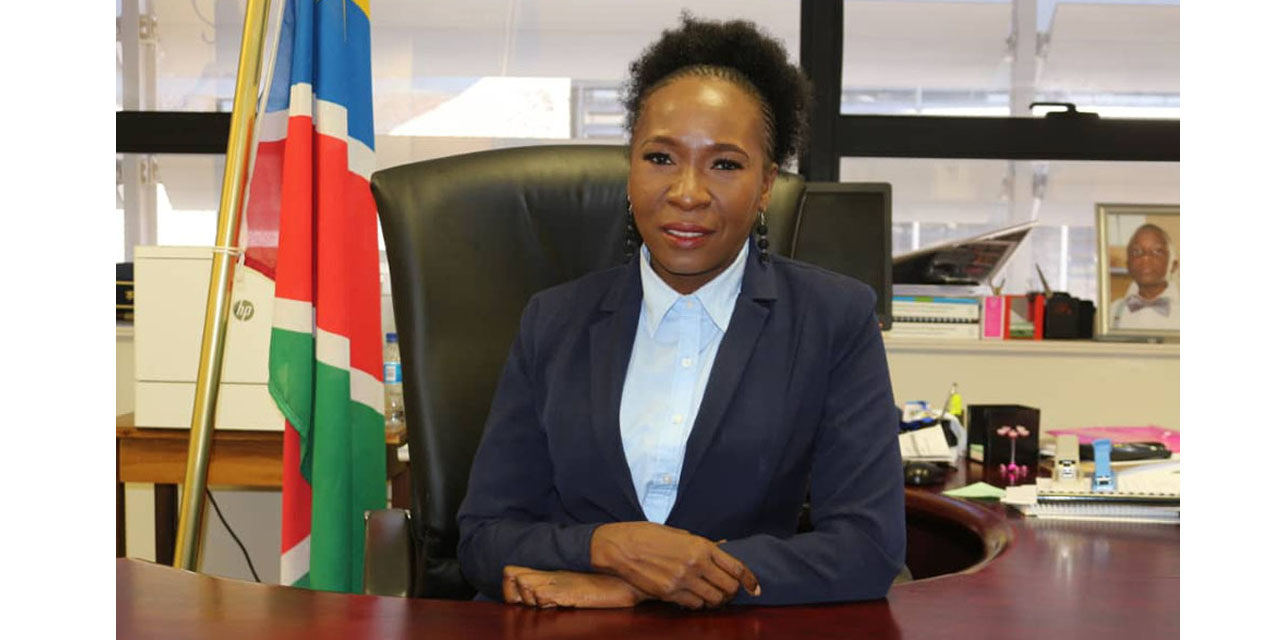Tujoromajo Kasuto
As part of observing the International Day of the African Child, 16 June 2022, the Basic Income Grant Coalition (BIG) of Namibia hosted a public event themed ‘Ending Multi-dimensional Child Poverty in Namibian’. The event was held at the Katutura Multi-Purpose Youth Centre.
The event highlighted the multidimensional child poverty experienced by Namibian children, the negative effects of poverty on the Namibian Child, and the possible interventions to end child poverty at once to improve the Namibian Child’s well-being.
Rinaani Musutua of the Basic Income Grant Coalition said poverty is the biggest threat facing the African Child which minimises their chances of living a decent human life and reaching their full human potential.
‘’Experiencing poverty in its various dimensions during childhood can be particularly damaging to a child’s development. Poverty’s devastating impacts are not only severe and immediate on children, but its harmful consequences can contribute to socioeconomic inequalities, affecting the entire society and slowing down development,’’ she says.
This comes as child poverty in Namibia, according to UNICEF’s ‘Endinging Multidimensional Poverty in Namibia’ Policy Brief of 2021, food security and nutrition status are the two major drivers of child poverty in Namibia. Namibian children experience disproportionately higher levels of multidimensional poverty.
On average, 51.3 percent of the children aged 0-17 years are living in multidimensional poverty, compared to 37.4 percent for adults (18+years) and the national average of 43.3 percent.
‘’The children living in poverty experience multiple deprivations at the same time. The intensity of multidimensional poverty amongst the child population is 45.1 percent. This means that each of the multidimensionally poor children in Namibia is deprived in 45.1 percent of the total indicators analysed, which is about 5 of the 11 indicators,’’ the Brief states.
Children in Namibia experience different incidences of multidimensional poverty at the different stages of their life course.
‘’The highest headcount poverty ratio is reported for the age group of 2-4 years (57.3%) compared to the 47.9 percent for those within the 15-17 year age group. However, the intensity of child-based multidimensional poverty is somewhat constant across age groups, which means the poor children are deprived in the same number of indicators, i.e. 5 of the 11 indicators, across their life course,’’ it further noted.
Musutua says the intensity of poverty and child poverty in particular illustrates the urgency and magnitude of the problem, further urging for a universal grant. ‘’The government is thus called up to strengthen its fight against poverty through the implementation of a universal BIG of N$500/person/month for all Namibians aged 0-59 in order to ensure maximum impact on deprivations. The benefits of a universal BIG outweighs the cost of investing in it,’’ she asserts.
Moreover, the activist says, that countries flourish when people reach their full human potential to help grow their economies and It’s time to invest in a better future.
‘’Protection and investment in children enables them to reach their full potential and enjoy a good quality of life. Investments in human development, education, health, social protection and jobs, and gender equality are intrinsically important for individual well-being. They are also instrumental for building human capital, which underpins productivity and economic growth,’’ she concluded.




